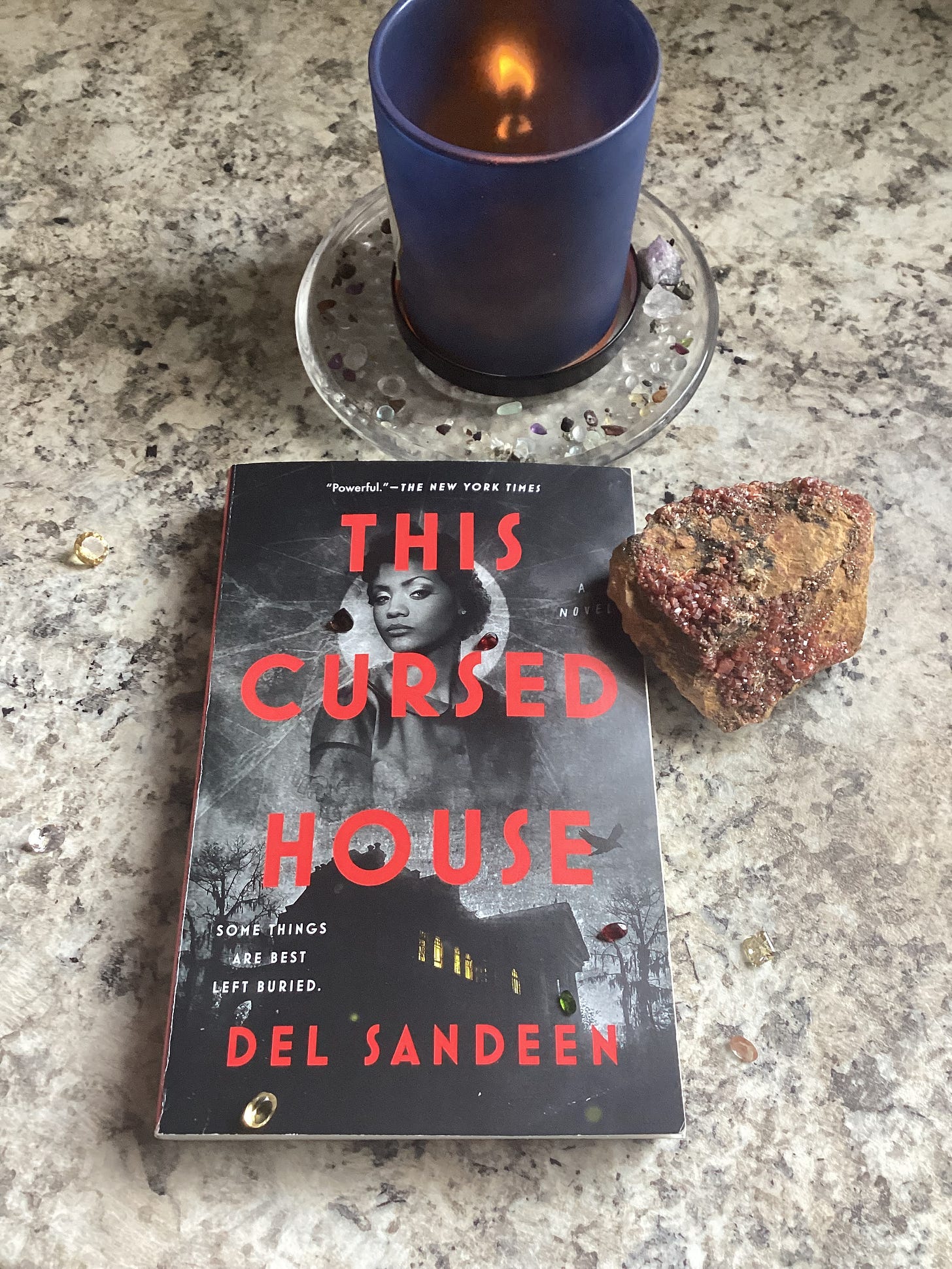Since the triangular trade primarily consisted of human cargo, and relying on the visual isn’t foolproof, etiquette dictates that it is unacceptable to assume ethnicity and lineage.
Intuition surpasses ego, and it also recognizes that the body hosts the soul. This awareness makes it crucial to pay attention to fight-or-flight responses. This is especially important for women, who are naturally more tuned into inherited pain, and for empaths, orphans, adoptees, and others who are sensitive to both figurative and literal ghosts.
A refined manner is a trait often associated with Southerners, and once achieved, wealth and tradition are qualities they uphold as marks of honor and distinction. In certain regions, tradition included the practice of passing, as it boosted social, legal, and economic advantages. This was especially true when America’s primary industry was the importation, sale, and enslavement of human chattel.
Set during a time when Black Americans were empowered to correct centuries of wrongs, This Cursed House is as much about empowerment and self-discovery as it is about the ugliest form of intra-race hatred—colorism. Featuring Jemma Barker/Emmaline Duchon and a host of fair-skinned antagonists too shallow to realize segregation begins at home, it offers a glimpse into why the South is as gothic and horrific as the intergenerational trauma it breeds.
A third-person narrative filled with more red flags than a racetrack, this isn’t a love letter to the Antebellum era. Because tangled history and buried secrets taint generations, it serves as a cautionary warning for professional women contemplating a reverse migration, and readers will recognize the contemporary variation on the theme of change.
A memorable and immersive debut by Del Sandreen, this novel addresses the complex aftereffects of enslavement on both enslavers and the enslaved. It explores the chapters of the story that detail the diseases currently recognized as misogynoir and intra-family colorism. Revitalizing the ‘haunted house’ as a metaphor for systemic oppression, it dismantles the mythologies of beauty and highlights the need to revise how human worthiness is defined.
Packed with subtle and overt references to intuitive displacement, and why shame is a prominent form of self-hatred borne of intergenerational trauma, this one is for anyone haunted by ancestral ghosts. Set in and around The Crescent City, it is an ode to the supernatural and a nod to a few things that make it legendary, including scenes featuring Tremé /Lafitte, one of the oldest and initially the first neighborhood for free Black people, and characters consuming red beans and rice while savoring chicory.
The inclusion of rich, flavorful foods, a historically Black neighborhood, and a beverage made from bitter, dried roots deliberately highlights a cultural truth—the dark and discarded survive and thrive. Additionally, the merging of regional history with current issues effectively shows what constitutes a curse and urges readers to consider what else is being fostered by those who are supposed to nurture.
Best described as social commentary disguised as fiction, readers experiencing personal and cultural disruption will find themselves fiercely grounded in place. Those searching for long-lost family may wish to prep themselves for inclusion into one that is less accepting, loyal, and loving than human animals are alleged to be.
Rating: ★★★★★+







Great review. Sounds like a very worthy and informative read.
This is another exquisitely crafted book review. Thank you. I’m gonna see about adding it to my TBR immediately.